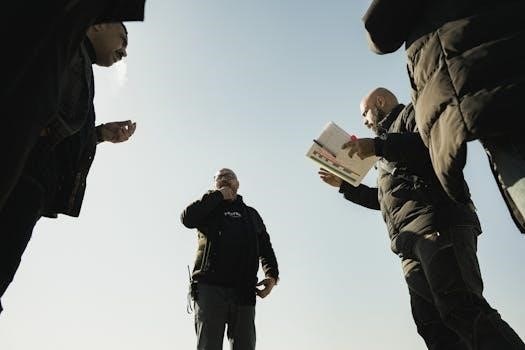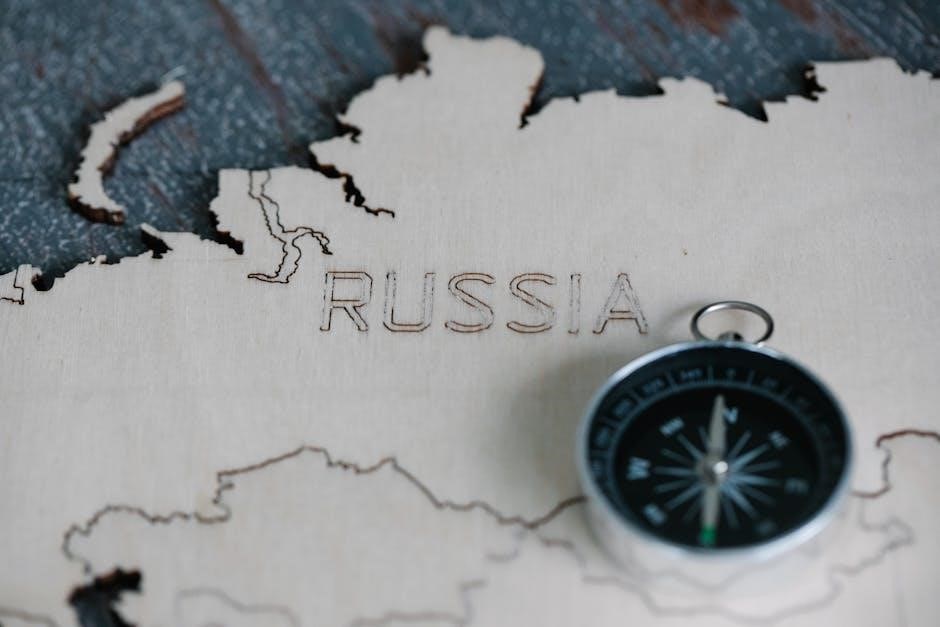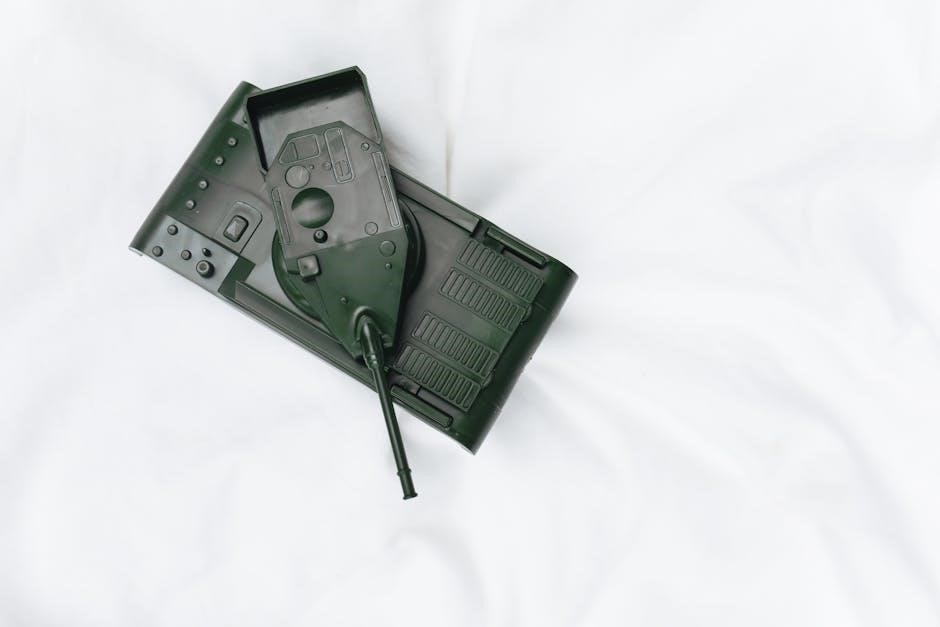a guide to midwestern conversation
Understanding Midwestern conversation is key to navigating social interactions in the American heartland. It involves more than just words; it’s about subtle cues and shared understandings. This guide delves into the nuances of this unique communication style‚ exploring its core characteristics and regional variations.
Defining Midwestern Communication Style
Midwestern communication is often characterized by politeness‚ friendliness‚ and a generally indirect approach. It’s a style that values avoiding conflict and maintaining harmony in social interactions. This can manifest as a tendency to be less direct in expressing opinions or disagreements‚ preferring instead to use subtle cues and indirect language. The “Midwest Nice” phenomenon‚ as it’s sometimes called‚ plays a significant role in shaping this style. It’s not just about being polite on the surface‚ but also about a deeper desire to avoid causing discomfort or confrontation. This form of communication often involves a degree of self-deprecation and a reliance on shared cultural understandings‚ which can sometimes be puzzling to outsiders. Midwesterners often prioritize maintaining a sense of community and collective well-being‚ influencing their conversational habits. It’s also about adjusting your responses based on subtle cues that indicate others becoming upset. Midwestern communication is thus a complex interplay of politeness‚ indirectness‚ and a focus on preserving social harmony‚ reflecting the values of the region.

Key Characteristics of Midwestern Speech
Midwestern speech is marked by its unique blend of politeness‚ indirectness‚ and a focus on maintaining harmony. It often involves specific phrases and a particular way of delivering messages‚ which can sometimes be confusing to those unfamiliar with the region.
Common Midwestern Phrases and Their Meanings
Midwesterners often employ seemingly simple phrases that carry deeper‚ nuanced meanings. For instance‚ “that’s different” can often be a polite way of expressing disagreement or questioning something. Similarly‚ “not my favorite” might actually indicate a strong dislike. The phrase “that kid is special” is frequently used to denote that the child is perhaps a bit unruly or challenging‚ not necessarily in a positive sense. Midwesterners often use “jeez Louise” as a mild exclamation of surprise or frustration‚ a more gentle alternative to stronger language. These expressions are often delivered with a friendly facade‚ masking the true sentiment beneath. Learning to decipher these veiled meanings is crucial for effective communication. The use of “bubbler” instead of “water fountain” is another regional peculiarity. Understanding these common phrases and their underlying connotations is essential for anyone aiming to truly grasp Midwestern conversation. These aren’t just random sayings‚ they are windows into the culture itself.
The “Midwest Nice” Phenomenon
“Midwest Nice” is a well-known aspect of the region’s culture‚ characterized by politeness and friendliness. However‚ it’s not always as straightforward as it seems. It often involves a tendency to avoid direct conflict‚ sometimes leading to passive-aggressive behavior. While Midwesterners are generally perceived as kind and agreeable‚ they may express displeasure indirectly‚ often with a smile. This can be confusing for those unfamiliar with this communication style. The desire to maintain harmony often results in conversations that feel indirect. It’s about avoiding confrontation at all costs. This desire to be agreeable can‚ at times‚ mask underlying frustrations or disagreements. Long-time Midwesterners often subconsciously navigate these unspoken rules‚ adjusting their behavior based on subtle cues that indicate others are becoming upset. This can create a sense of relief when everyone avoids conflict. However‚ this indirectness can sometimes make conversations feel like a minefield for those who are not used to it‚ making understanding the underlying meaning a true challenge.

Unique Aspects of Midwestern Conversation
Beyond the “Midwest Nice‚” there are other unique facets to Midwestern communication. These include the often-debated topic of a neutral accent and regional variations in speech. We will explore these aspects‚ revealing the complexities within.

The Myth of a Neutral Accent
The idea that Midwesterners speak without an accent is a common misconception‚ a myth often perpetuated by the media. While it’s true that the Midwestern accent is sometimes perceived as the “standard” American accent‚ this does not mean it lacks unique characteristics. Linguists argue that every region has its own distinctive speech patterns‚ and the Midwest is no exception. The so-called “neutral” accent is actually a distinct dialect with its own specific sounds and pronunciations. These include subtle vowel shifts and unique ways of pronouncing certain words. For example‚ the pronunciation of words like “cot” and “caught” can be distinct‚ showcasing a regional marker. This debunks the idea of a universally neutral American accent. The notion of linguistic neutrality is often tied to power dynamics and media representation‚ where the Midwestern accent is often presented as the default. It is important to recognize that this perception is not based on a lack of accent‚ but rather the dominance of this dialect in mainstream media. It is a distinct way of speaking‚ just like any other regional accent. Therefore‚ when we analyze Midwestern speech‚ it is crucial to move past the myth of neutrality.
Regional Variations in Midwestern Speech
While the Midwest is often viewed as a monolithic region‚ it’s crucial to understand that significant regional variations exist within its speech patterns. These variations are influenced by factors such as historical settlement patterns‚ proximity to other regions‚ and urban versus rural environments. For instance‚ the northern Midwest‚ bordering Canada‚ might exhibit subtle differences compared to the southern parts of the region. Cities like Chicago‚ with their diverse populations‚ have their own distinctive dialects‚ which differ from the speech patterns found in rural areas. Even within a single state‚ variations can be detected‚ with people from different parts of the state speaking with slight nuances in pronunciation and vocabulary. Some areas may retain influences from older dialects brought by early settlers‚ while others may have absorbed more modern linguistic trends. These variations demonstrate that Midwestern speech is not a single‚ uniform entity‚ but rather a complex tapestry of different accents and ways of speaking. Understanding these regional variations enriches one’s appreciation for the diversity of Midwestern communication‚ moving beyond generalizations to acknowledge the nuanced realities of speech across the region; Recognizing such nuances is essential for effective communication within the diverse landscape of the Midwest.

Practical Tips for Engaging in Midwestern Conversations
Engaging effectively in Midwestern conversations requires understanding their subtle nuances. It involves navigating indirectness‚ appreciating the value of pauses‚ and avoiding overly direct or loud communication. These tips offer practical advice for smoother interactions.
Navigating Silences and Pauses
In Midwestern conversations‚ silences and pauses are not voids to be filled immediately‚ but rather integral parts of the interaction. Unlike in some cultures where a rapid-fire exchange is valued‚ Midwesterners often incorporate reflective pauses between statements. These silences allow for contemplation‚ and are not usually a sign of disengagement or discomfort. It is important to resist the urge to jump in and fill every moment of quiet with chatter‚ as this can be perceived as being too intrusive or pushy. Instead‚ allow the silence to exist‚ offering a moment for all parties to process what was said and to gather their thoughts. These pauses can be just as meaningful as spoken words‚ indicating thoughtfulness and respect. Learning to be comfortable with these silences is a crucial aspect of mastering Midwestern communication‚ and helps create a more relaxed and natural conversational flow. Avoid interrupting and allow natural pauses to occur‚ recognizing that they hold as much value as the spoken words. The unhurried pacing can feel unfamiliar at first but is a key component of Midwestern dialogue.
Understanding Indirect Communication
Midwestern communication often employs indirectness‚ a subtle approach where the true meaning is implied rather than explicitly stated. This style prioritizes politeness and avoids overt confrontation‚ valuing harmony and avoiding making others feel uncomfortable. A direct “no” might be replaced with “that’s different” or “it’s not my favorite‚” requiring a listener to read between the lines. This indirectness can be challenging for those accustomed to more forthright communication‚ leading to potential misunderstandings. Therefore‚ paying close attention to tone‚ body language‚ and context is crucial. It’s not about being dishonest‚ but about preserving social grace. Learning to decode these subtle hints is crucial for successful interactions. It can take some practice to grasp the nuances of these implied meanings‚ but it’s a vital skill for anyone seeking to understand the Midwestern way of conversing. The goal is not to deceive‚ but to communicate effectively within a framework of politeness and consideration‚ creating a more comfortable and less confrontational atmosphere. Misinterpreting indirect signals can lead to confusion and a feeling of unease‚ so cultivate a sensitivity to this communication style.
Avoiding Overly Direct or Loud Talk
In Midwestern conversations‚ subtlety and moderation are highly valued‚ making overly direct or loud talk undesirable. While some cultures prize assertive communication‚ the Midwest generally favors a more understated approach. Raising one’s voice or expressing opinions too forcefully can be perceived as aggressive or rude‚ disrupting the desired atmosphere of politeness and cordiality. Instead‚ a calm and even tone is preferred. It’s essential to avoid being overly brash or intrusive‚ as this can be interpreted as a lack of consideration for others. This doesn’t mean suppressing your views‚ but rather expressing them thoughtfully and respectfully. The key lies in choosing words carefully and delivering them with sensitivity. It’s about creating a comfortable and inclusive environment where everyone feels at ease. Loud or overly direct speech can be seen as a violation of this social contract‚ potentially causing others to feel uncomfortable or even defensive. Therefore‚ learning to modulate one’s volume and tone is a crucial skill for successful engagement in conversations within the Midwest. This approach fosters smoother interactions and reduces the risk of misinterpretations. Instead of being loud and assertive‚ focus on being thoughtful and respectful.
Navigating Midwestern conversations requires an understanding of its subtle nuances‚ moving beyond a simple interpretation of words. It’s a communication style deeply rooted in politeness‚ indirectness‚ and a strong desire to avoid conflict. The “Midwest Nice” phenomenon isn’t just about being friendly; it’s about a complex social contract that prioritizes harmony and mutual respect. This involves learning to interpret unsaid meanings‚ navigating silences‚ and understanding the significance of seemingly casual phrases. The Midwestern approach to conversation‚ while often perceived as gentle and unassuming‚ is actually a sophisticated system of communication that relies on shared cultural understandings. It encourages a more measured and thoughtful exchange‚ where directness is often traded for tact and consideration. By understanding these unique aspects‚ individuals can engage in more meaningful and comfortable interactions. The Midwest may not be as linguistically neutral as some might believe‚ but its conversational style is a distinct and valuable aspect of its culture. Therefore‚ appreciating and adapting to these unique communication patterns is key to connecting with people in the heartland.










Leave a Comment